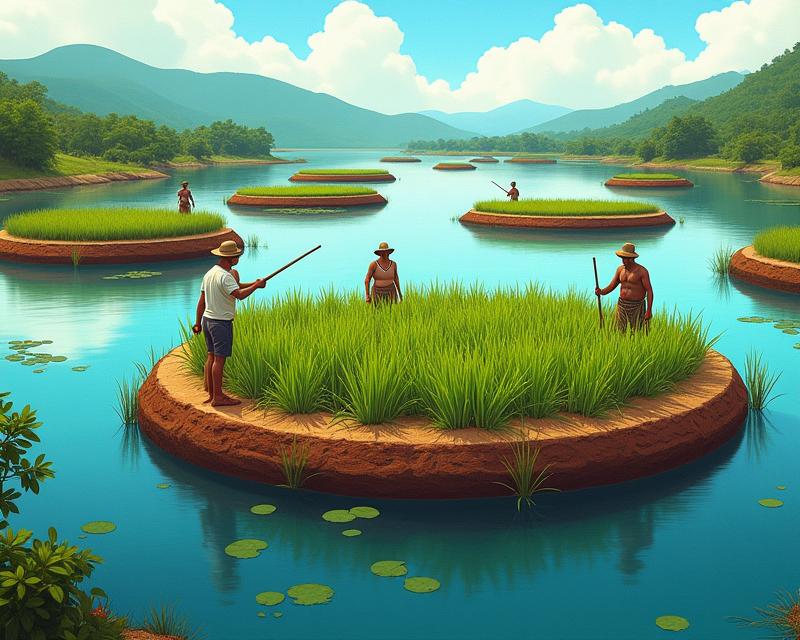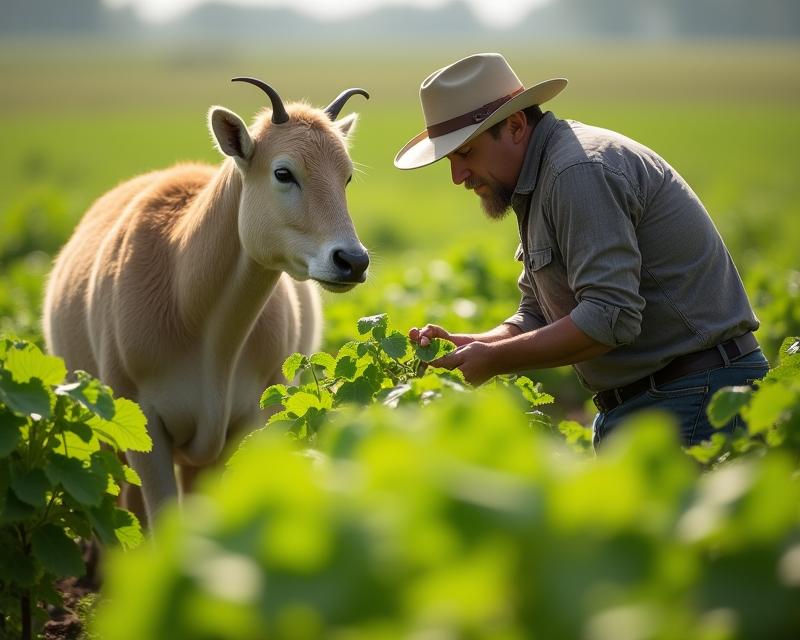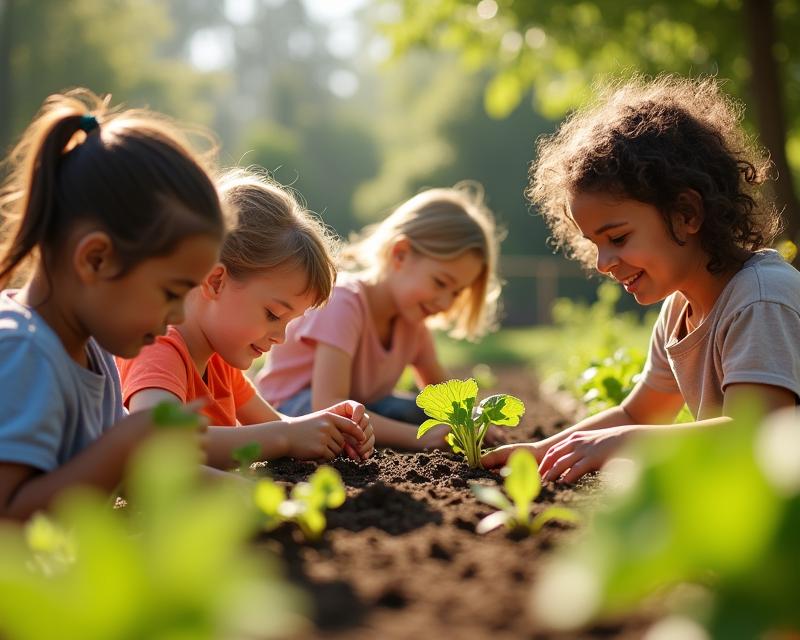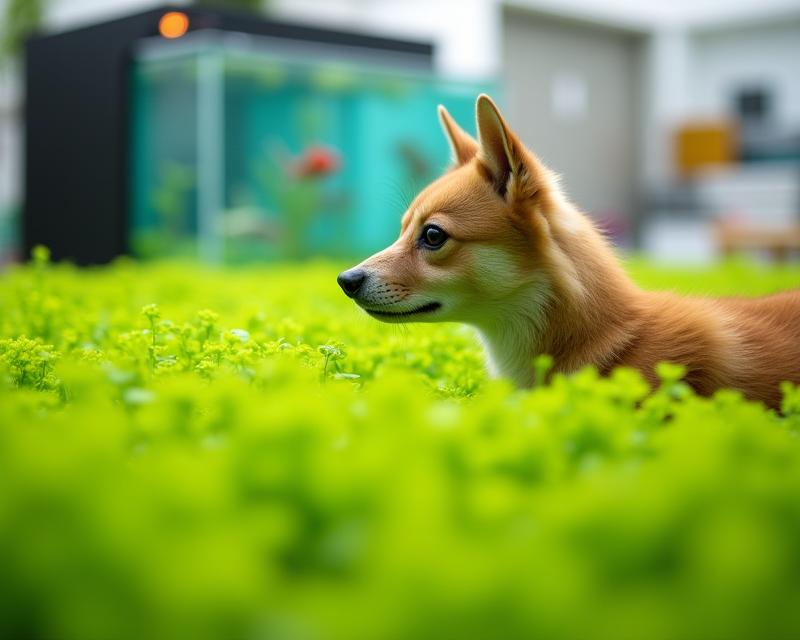Chinampas: Ancient Floating Gardens
Publish in Sustainable Farming el 07/07/2025 18:39
Chinampas: Ancient Floating Gardens
Have you ever heard of floating gardens? It sounds like something out of a fairytale, but these incredible agricultural systems are very real and have been used for centuries! Let's dive into the fascinating world of Chinampas, the ingenious farming methods developed by the Aztecs.

Chinampas, often called "floating gardens," were essentially artificial islands built in shallow lake beds. The Aztecs, who thrived in the Valley of Mexico, developed this technique to maximize their limited arable land. They created these fertile plots by layering mud, vegetation, and decaying organic matter – essentially building up the land from the bottom of the lake. This created a rich, nutrient-dense soil perfect for growing a variety of crops.
So, how did they actually build them? It was a labor of love! They’d construct a woven fence of branches and reeds, then reinforce it with more branches and mud. Over time, layers of sediment accumulated, creating a stable platform. These Chinampas were then planted with a variety of crops, including maize (corn), beans, squash, tomatoes, and peppers – the staples of the Aztec diet. The shallow water surrounding the Chinampas provided a natural irrigation system and helped to regulate the soil temperature, creating a favorable environment for plant growth. The system was incredibly efficient, allowing the Aztecs to produce multiple harvests per year.
The beauty of Chinampas lies in their sustainability. They’re a fantastic example of working *with* nature, not against it. The natural ecosystem within the Chinampa supported a diverse range of plant and animal life, creating a balanced and resilient agricultural system. Modern applications of Chinampa techniques are being explored today as a sustainable farming solution, especially in areas facing land scarcity or environmental challenges. While replicating the exact conditions of the Aztec lakes might be difficult, the core principles of soil building, water management, and biodiversity can be adapted to various environments. It's a powerful reminder that innovative, eco-friendly farming practices can be both productive and environmentally responsible. Consider how you might incorporate elements of this ancient wisdom into your own farming or gardening endeavors!





